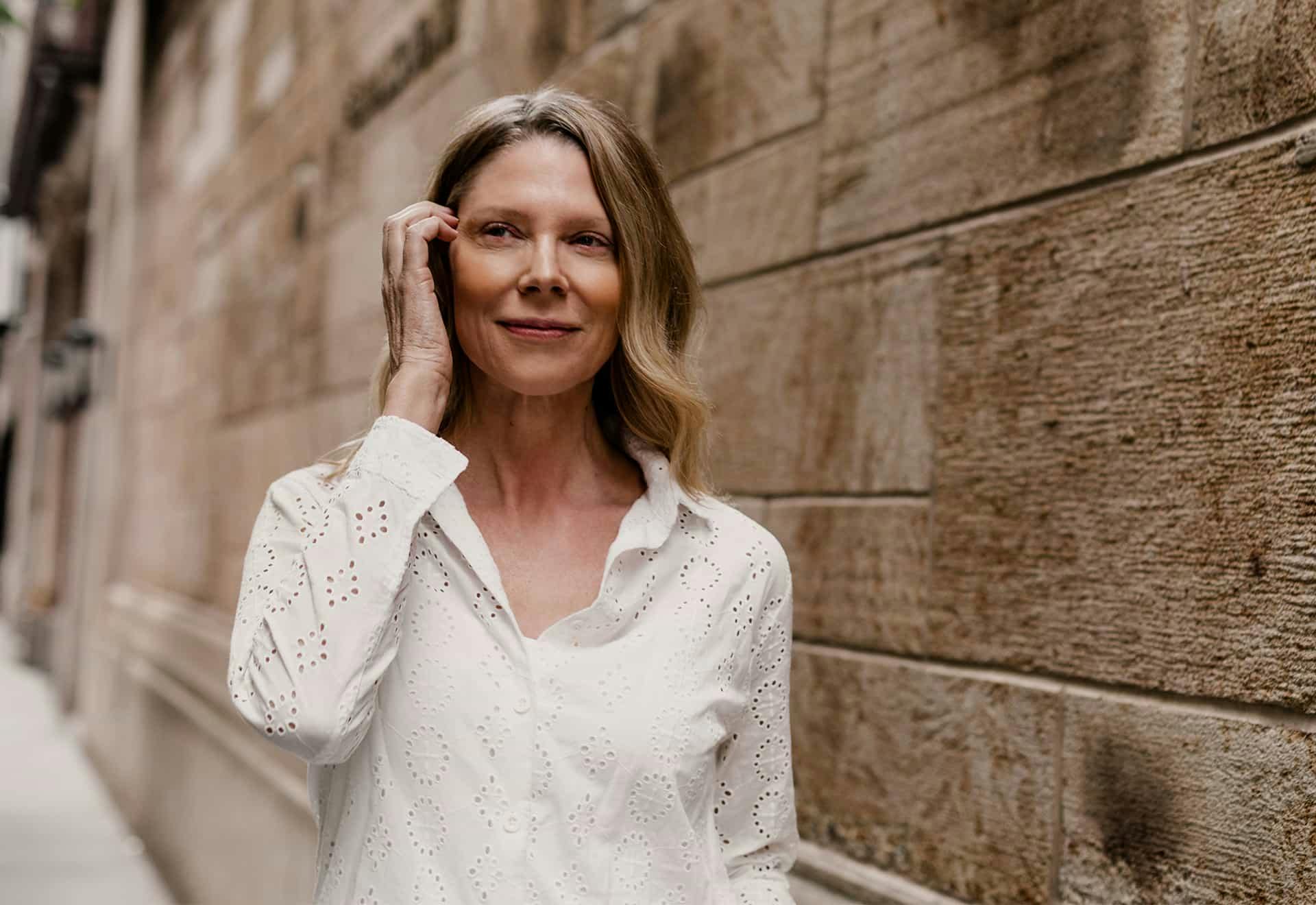Learn more about dry eye and your treatment options at our clinic, led by the expertise of Dr. Melissa Sherman.
Dry Eye Diagnostic and Treatment Clinic at the Eye Center of New York
Dry eye treatment in New York City is not a one-size-fits-all issue; it encompasses various coexisting disease states, including meibomian gland disease, aqueous deficiency, and inflammation. In recent years, new advanced diagnostic and treatment devices have been developed and can make a substantial difference in treating this condition.
Dr. Raviv is a national expert on dry eye disease. He was among a group of dry eye specialists who recently published a comprehensive review of dry eye disease and its latest treatments. Dr. Sherman combines the latest know-how with the latest technology at the Eye Center of New York Dry Eye Clinic. We are one of the only area practices that offer in-office LipiFlow®, IPL, and Blephex.





